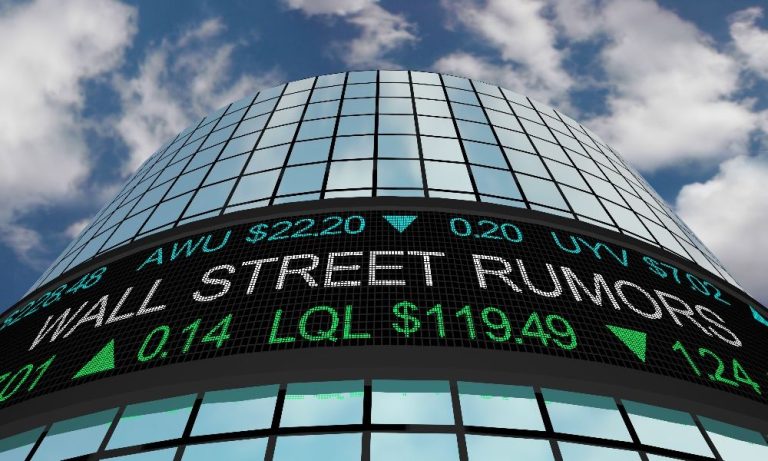Carvana stock price has had a phoenix-like rebirth in the past two years. After crashing to $3.3 in December 2022, it has jumped by over 10,000%, making it one of the best-performing companies in Wall Street.
Carvana shares have jumped as the company addressed its balance sheet issues that wanted to collapse it. It has also become a more popular company in the auto industry and the management has prioritized profits over growth.
This turnaround can be seen in Carvana’s growth as it sales jumped to $3.65 billion in the third quarter from $2.7 billion a year earlier. The management hopes that this growth trajectory will continue in the next few years.
Buying Carvana stock at its lowest point was an act of courage since odds of it moving into bankruptcy were at an elevated level. So, here are some of the top beaten-down stocks that could stage a strong recovery in the next few years.
Read more: Expensive Carvana stock could soar by another 85%
Celsius Holdings | CELH
Celsius Holdings stock price has imploded this year, ending one of the longest rallies in the consumer market. It has crashed by over 71% from its highest level this year, pulling its market cap from $23.5 billion to $6.3 billion.
Celsius stock has crashed because of the rising concerns that its growth has stalled as people lose interest in its drinks. There are also worries that its international business is not growing as fast as investors were expecting.
The most recent results conformed this as its North American revenue dropped by 33% to $247 million. This slowdown was offset by a 37% increase in its international division, whose revenue jumped by 37%. However, the dollar amount of $18.6 million was relatively limited.
Therefore, the outlook for the Celsius stock price is quite dark right now as Carvana was a few years ago. Still, there is a likelihood that the company will resume growing in the next few years. Analysts expect that Celsius Holding’s revenue will jump from $1.37 billion this year to $1.6 billion in 2025.
A likely contrarian view is where the CELH stock rebounds and retests its all-time high of almost $100, giving it a 255% return.
Capri Holdings | CPRI
Capri Holdings stock price has also plunged as investors question its future trajectory after the collapse of its acquisition by Tapestry. CPRI has plunged by over 67% from its highest level in February 2022.
This decline also coincided with a period of slow business growth as evidenced by its recent earnings reports. Capri’s quarterly revenue dropped from $1.29 billion in Q3’23 to $1.079 billion in Q3’24.
Capri Holdings’ profits have also turned elusive, with the net income falling from $90 million to $24 million. Therefore, it makes sense to worry about Capri’s stock as its business trajectory worsens.
However, there are signs that the stock will bounce back for three reasons. First, low interest rates may stimulate consumer spending in the coming years. Second, with the Tapestry deal off the table, there are signs that a private equity company may be open to acquiring it.
Third, the company will benefit from its iconic brands like Versace, Jimmy Choo, and Michael Kors.
Lululemon Athletica | LULU
Lululemon Athletica is another fallen angel that could stage a strong recovery after its stock plunged by over 38% from its all-time high. The company has faced substantial challenges amid rising competition with the likes of The Gap and On Holdings.
This competition has contributed to Lululemon’s slow growth in the past few quarters. And analysts believe that the era of double-digit revenue growth is over.
Still, analysts believe that the company is a good value stock that will continue doing well as focus now shifts to profitability. Its annual revenue for this year will be about $10.43 billion, followed by $11.2 billion next year. Its profit per share is also expected to jump from $14.02 to $14.88 in that period.
The most likely Lululemon stock price forecast is where it rebounds to $516 from the current $317, a 61% surge.
Read more: Lululemon stock: valuation reset done, 20% gains possible
TripAdvisor stock | TRIP
TripAdvisor stock price has imploded as it crashed by over 71% from its highest level in 2022. It recently dropped to $13.9 and is hovering at its all-time high. The company, which owns TheFork and Viator, has struggled because of the rising competition in the travel industry.
TripAdvisor’s revenue dropped by 7% in the last quarter, which was offset by a 16% growth rate of Viator and TheFork. The stock has also collapsed after the company decided to turn down a takeover bid from Apollo Global.
Now, with the company struggling, there are hopes that it will agree to be acquired if a new bid comes. Also, it only takes a quarter of good results to push its stock much higher than where it is today.
The post Missed the Carvana stock? Buy these shares to 100x your money appeared first on Invezz










